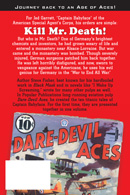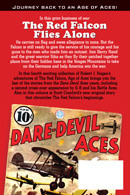“The Fairey Hendon Night Bomber” by Frederick Blakeslee
Frederick Blakeslee painted all the covers for the entire run of Dare-Devil Aces. And each of those covers had a story behind it. On Dare-Devil Aces’ August 1936 cover, Mr. Blakeslee has painted a squadron of Fairey Hendon Night Bombers doing what they do best!
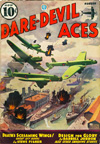 THE fortunate folk who’ve had a look at this month’s cover before the regular customers, keep reminding me that it looks like a bombing of the docks along the Hudson River, New York City. Far be it from me to bring such disaster to the fair City of New York, so you may be sure that the resemblance is quite accidental. As a matter of fact, the scene is laid nowhere in particular—my idea being to give you as interesting a cover with as much detail as possible. It looks alright to me. What do you think?
THE fortunate folk who’ve had a look at this month’s cover before the regular customers, keep reminding me that it looks like a bombing of the docks along the Hudson River, New York City. Far be it from me to bring such disaster to the fair City of New York, so you may be sure that the resemblance is quite accidental. As a matter of fact, the scene is laid nowhere in particular—my idea being to give you as interesting a cover with as much detail as possible. It looks alright to me. What do you think?
However, the bombers are the real McCoy. Should one ever chance to drop an egg on your peaceful residence, I’m sure all hands will agree that they are genuine. These are Fairey Hendon night bombers, designed for long distance maneuvers. It’s a low-winged cantilever monoplane with two Rolls-Royce Kestral Engines, capable of carrying a crew of five. The gunner, who has all the fun of releasing the bombs, is located in the bow, while the pilot sits comfortably, just forward of the leading edge of the wing. There’s another bomber amidship and one in the tail. This ship can also be employed as a troop transport, being capable of carrying up to twenty fully equipped men. Its span is 101 by 9 feet; its length, 69 by 9. All in all it’s quite a crate, weighing some 20,000 pounds, fully loaded. This is definitely the wrong package to be hit with, since it can travel at a terrific rate of speed. Just how fast, however, has not been divulged by the people who hold the secret. Hope you like it. Fred Blakeslee.
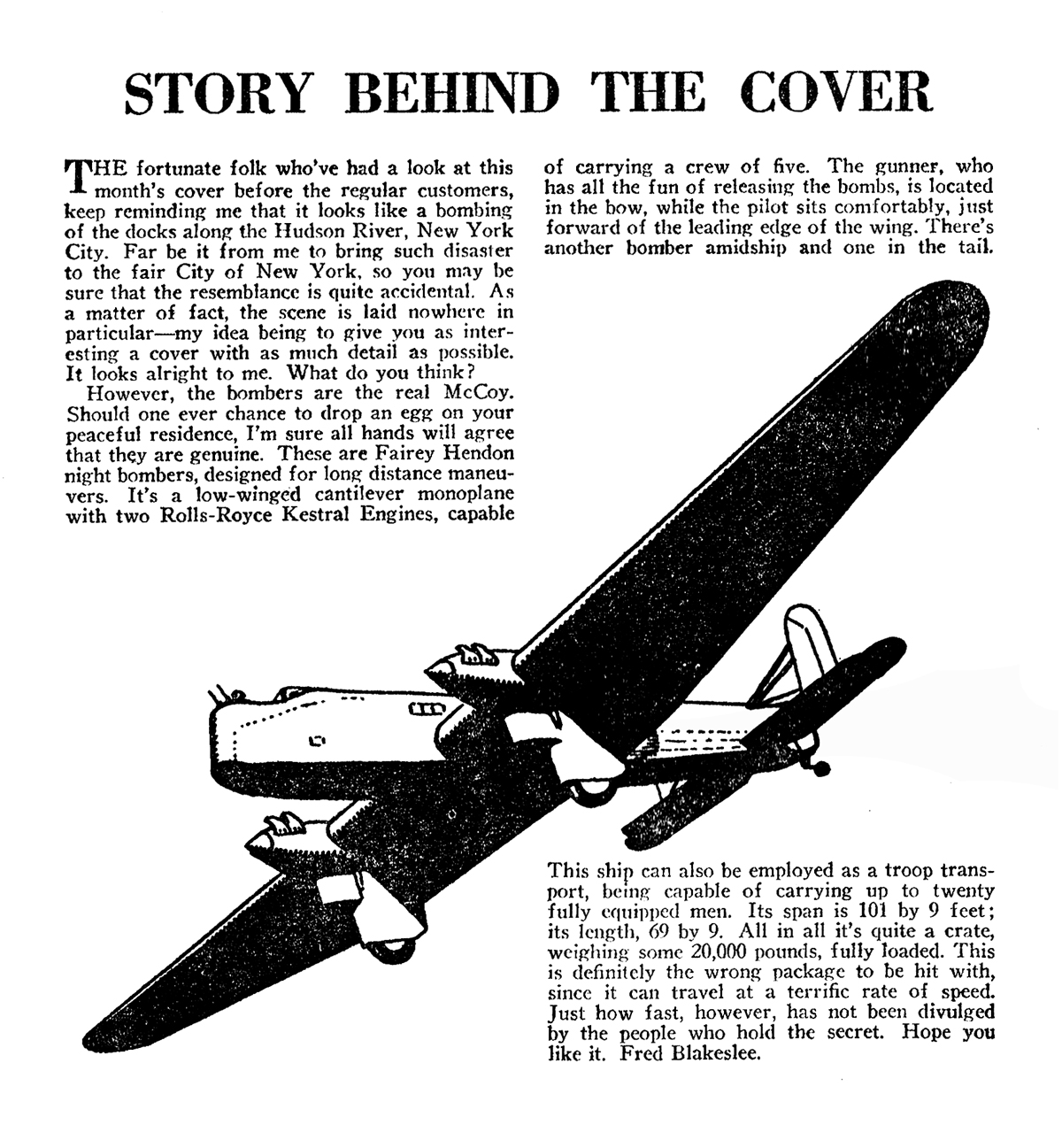
“The Fairey Hendon Night Bomber: The Story Behind The Cover” by Frederick Blakeslee
(August 1936, Dare-Devil Aces)





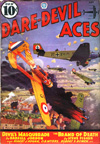
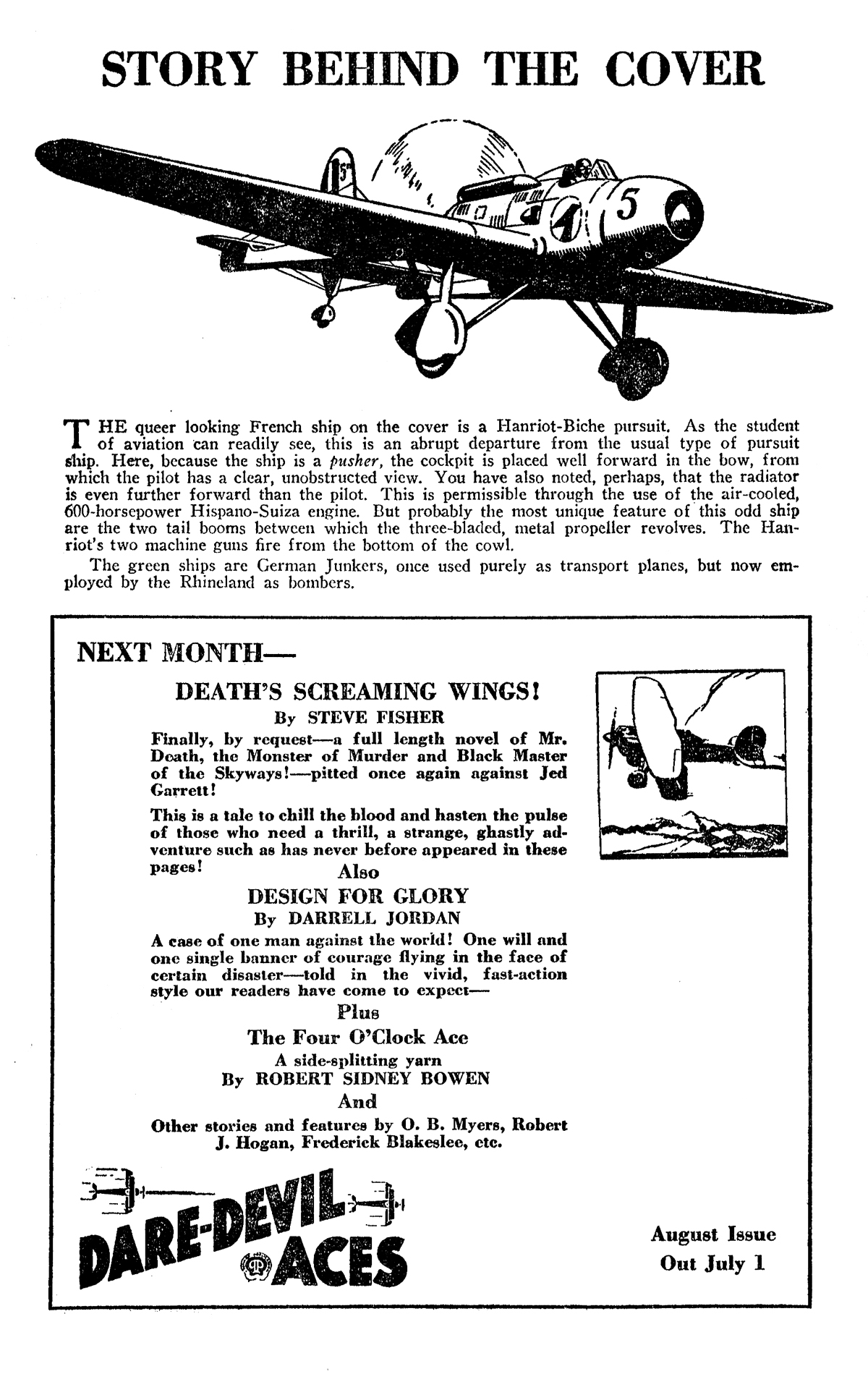
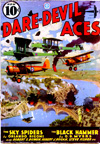
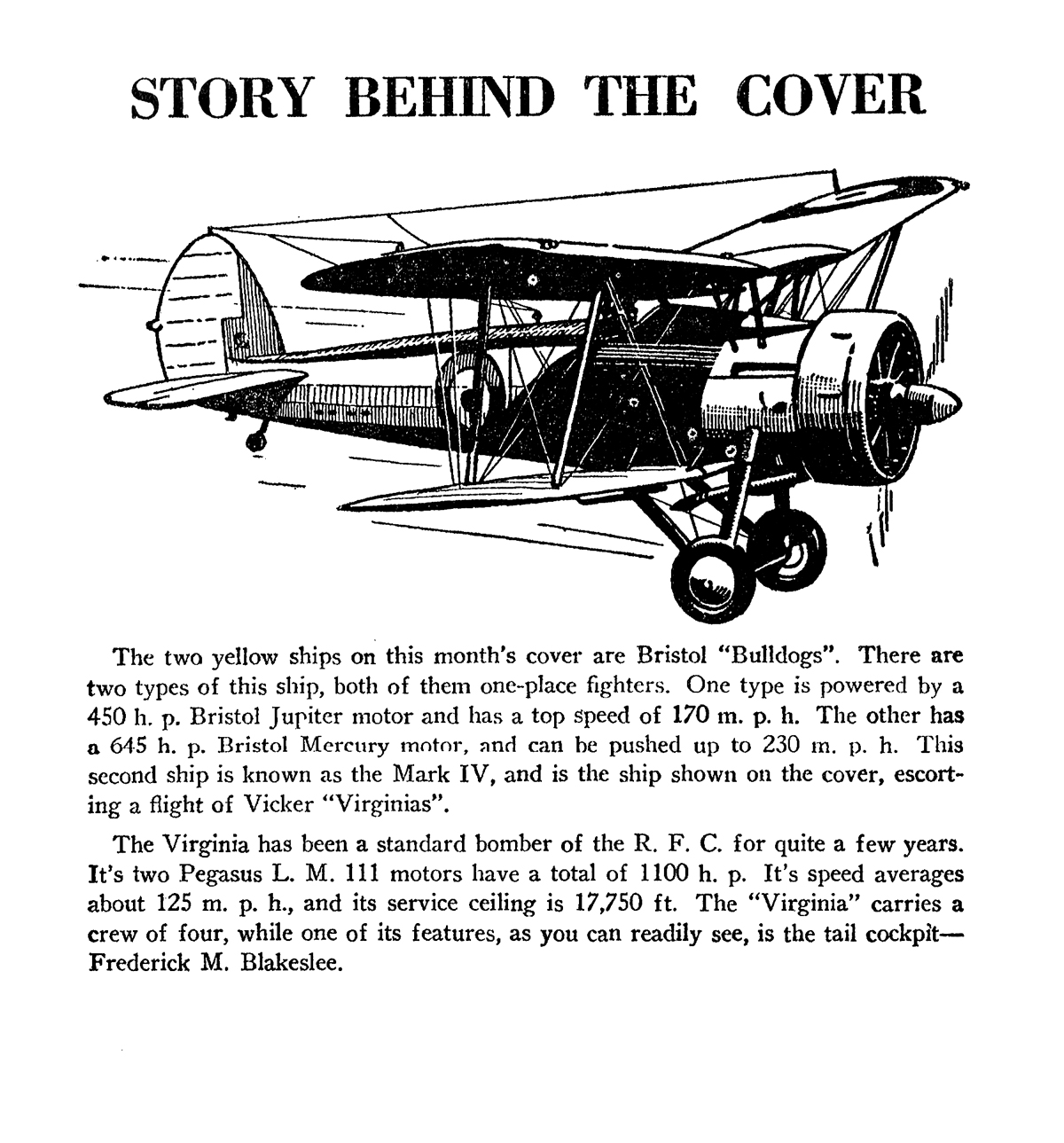
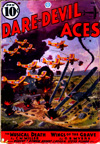

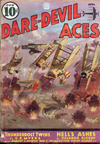
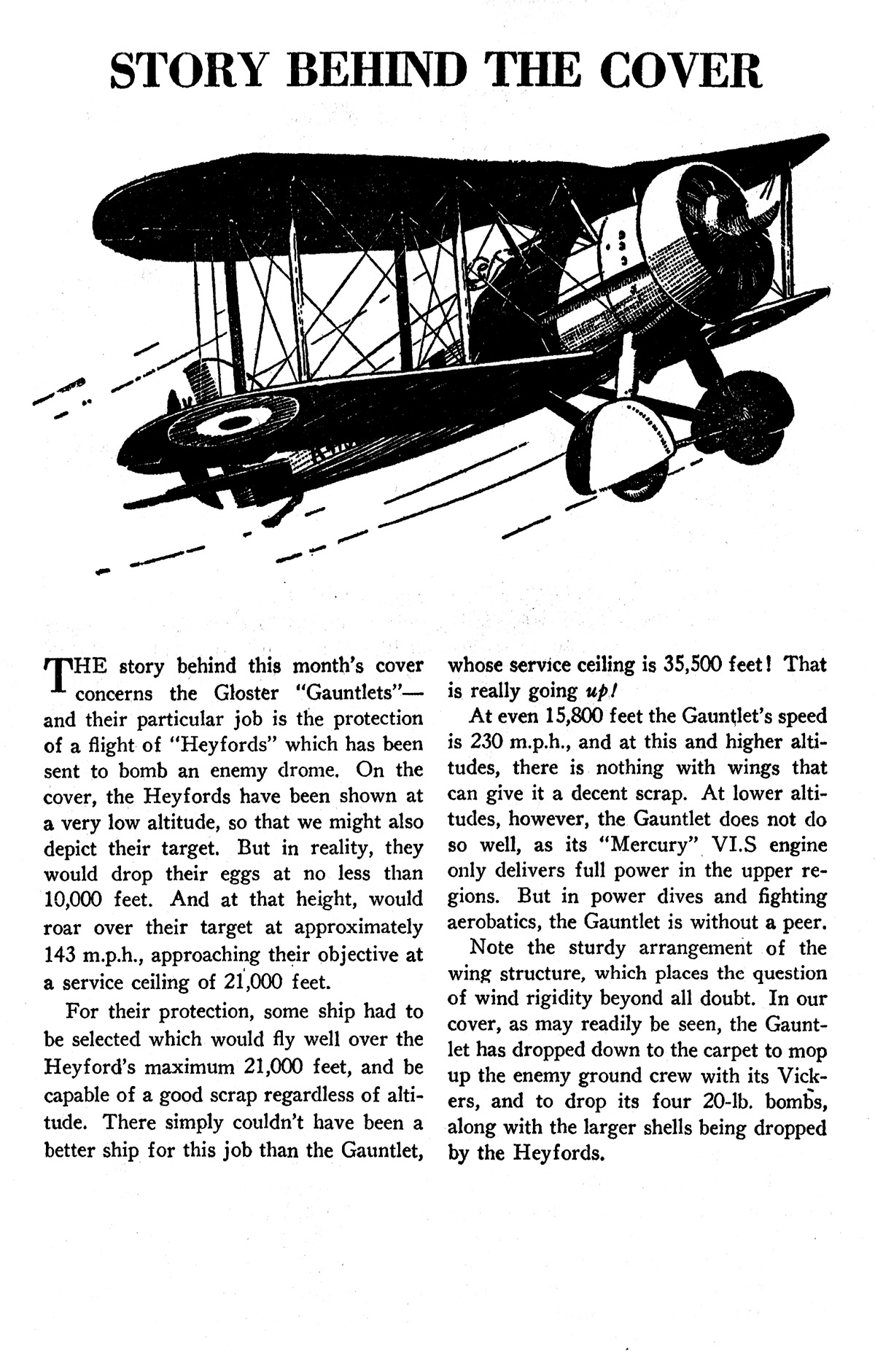
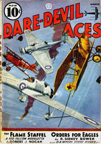
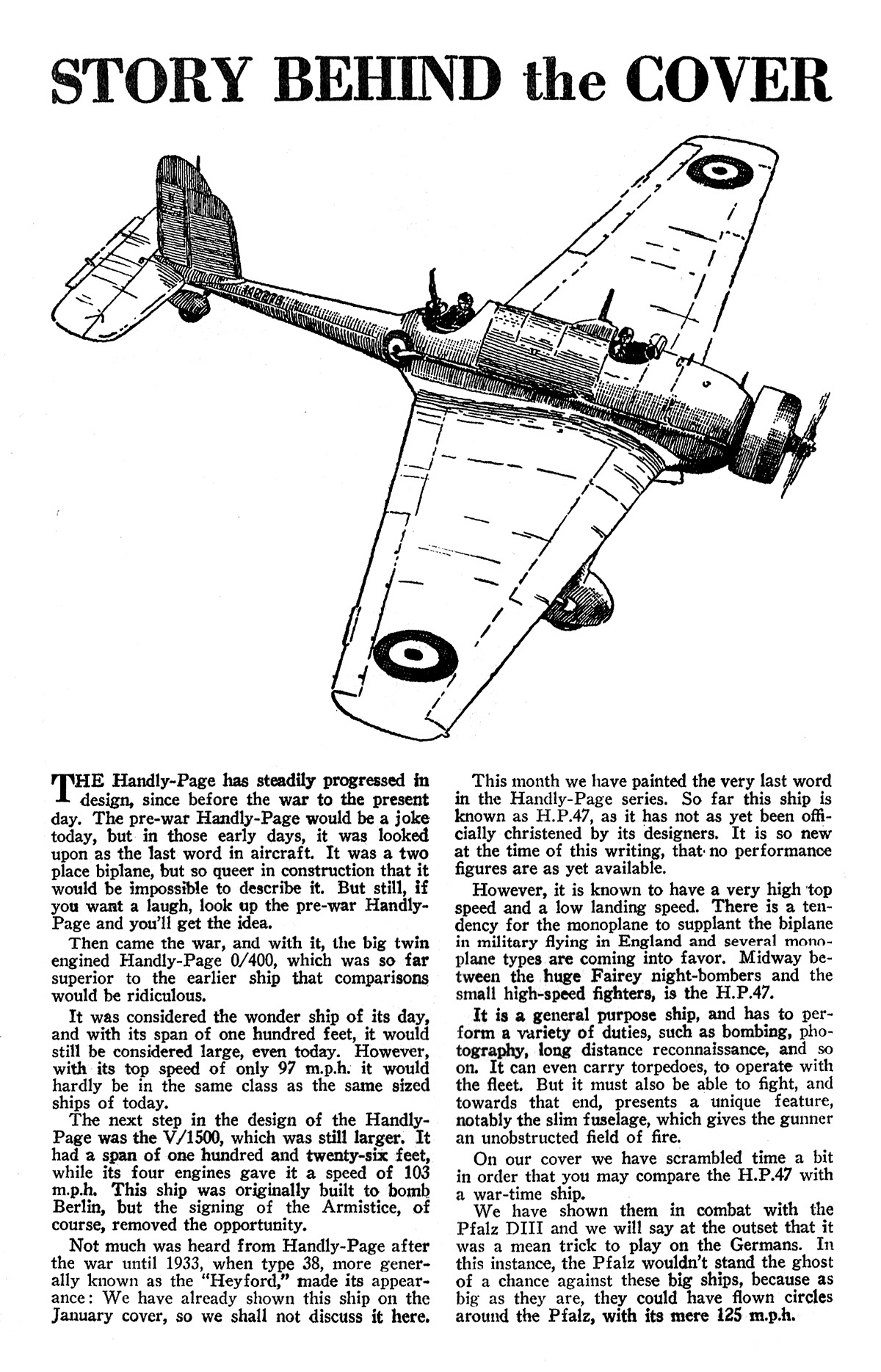
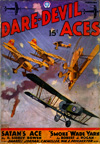
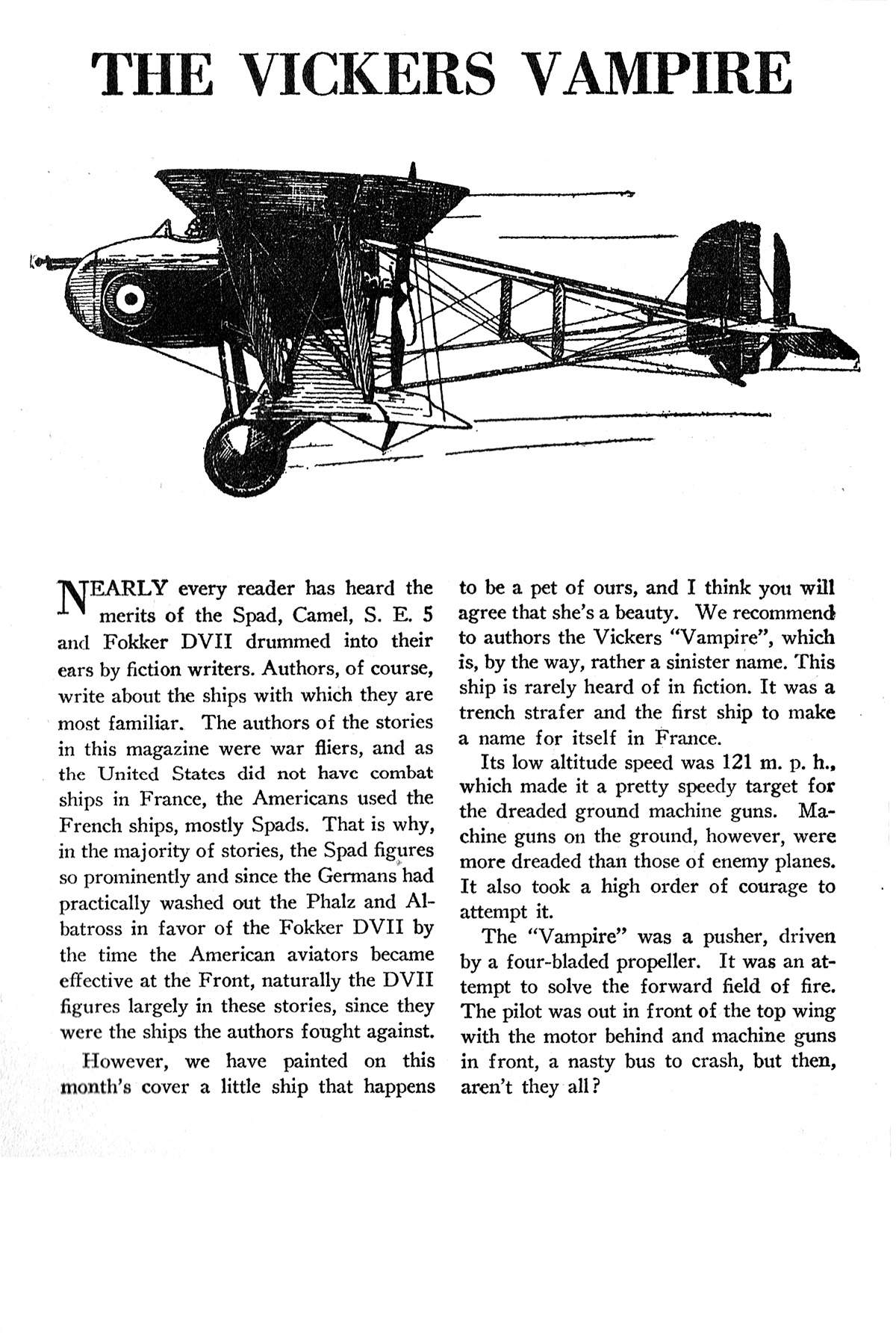
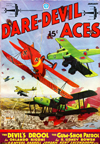
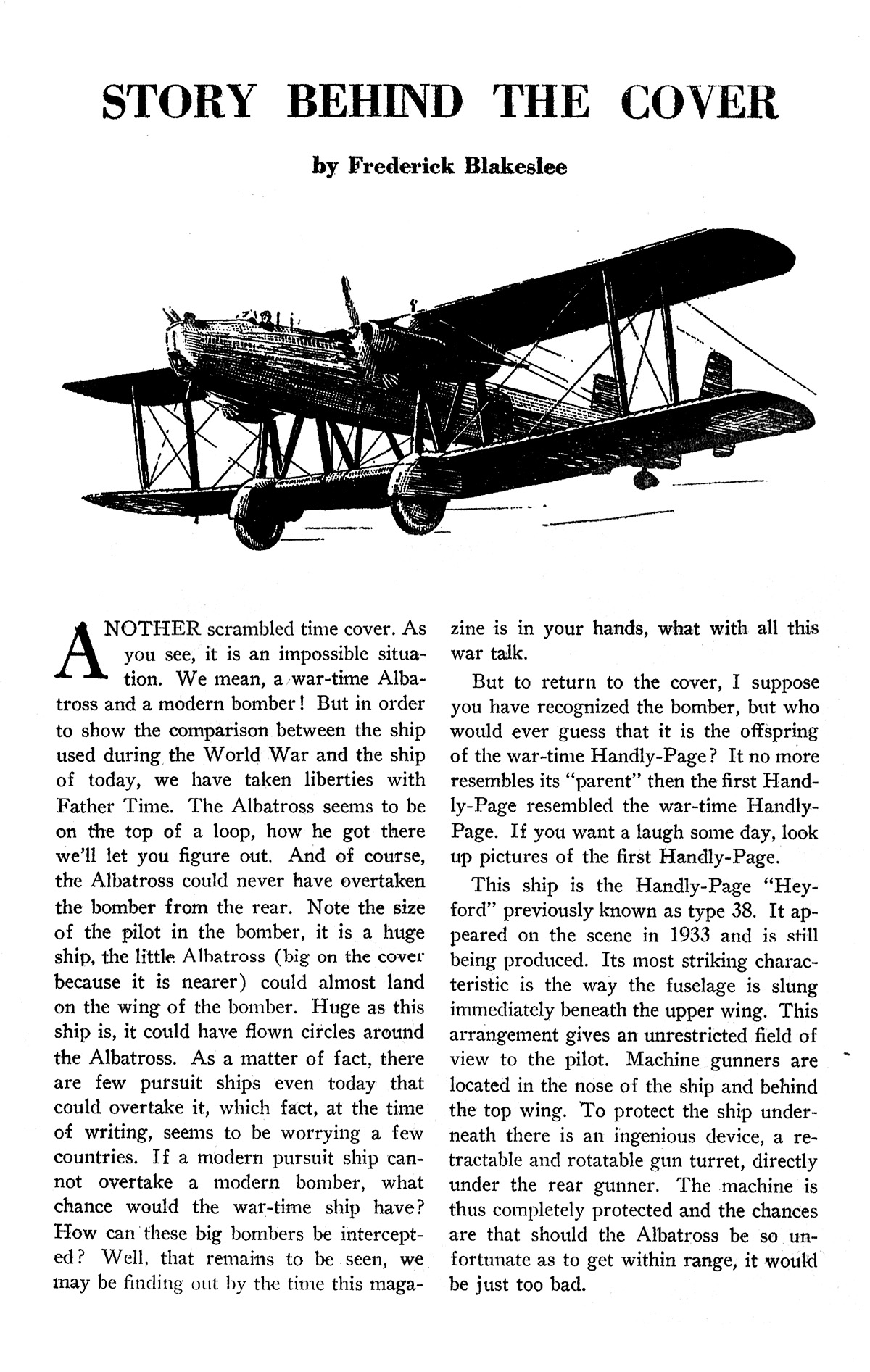
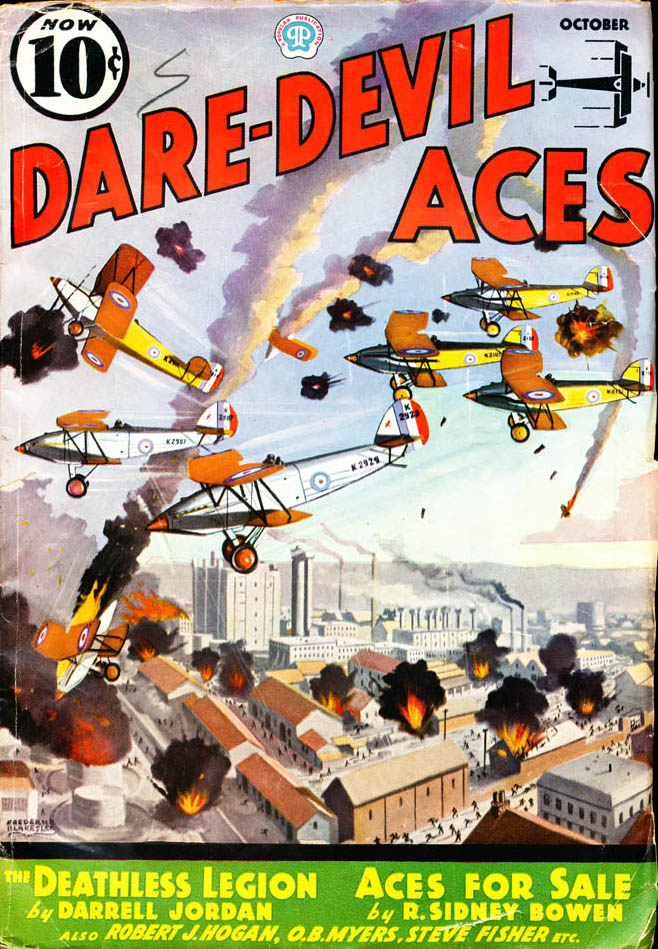 is best known for his hardboiled work in
is best known for his hardboiled work in  by Steve Fisher, check out
by Steve Fisher, check out 
